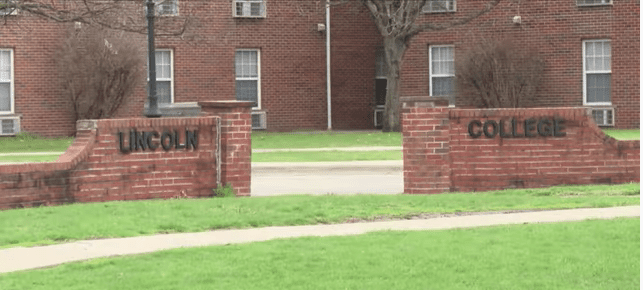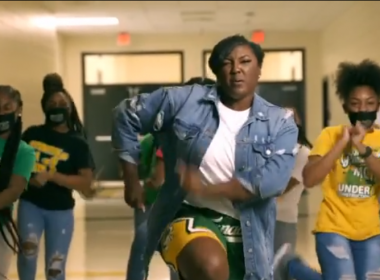
Lakeyshia Cunningham has been working in the cafeteria at Maynard Jackson High School for 18 years. She didn’t set out to provide school meals to students and certainly not for this long, but they were hiring when she needed a job. She stayed because she fell in love with the work and the students.
Cunningham feeds about 600 to 700 students a day now and prepares about 1,000 daily meals. Unlike many schools, she didn’t see much drop off during the pandemic.
“[At the start of the pandemic] we were completely virtual, but we still had to pack meals to go out. We did a seven-day meal pack out for the students where they had breakfast for five days and lunch for five days. “Most parents did pick up the meals,” Cunningham said.
On certain days, students could pick up their weekly meal package. For those without transportation, buses would deliver the meals to neighborhood sites near students’ homes. Getting that food to students was vital, according to the Food Research and Action Center, which looked at studies comparing school meal program participants to students who ate school lunch less frequently.
Studies found that breakfast participants are less likely to have nutrient inadequacies and are more likely to consume fruits and vegetables, as well as dairy, fiber, and calcium per day. Participating students also had lower body mass index (BMI), lower probability of being overweight, and lower probability of obesity.
School lunch participation is associated with a 14 percent reduction in the risk of food insufficiency and superior nutrient quality than lunches obtained from other sources and reduced rates of poor health by at least 29 percent and rates of obesity by at least 17 percent.
And while the nutritional necessity of school meals is understood, what goes less reported is that these programs are linked with improvements in the classroom, including lower rates of tardiness, fewer disciplinary office referrals, improved attendance rates, and improved math and reading achievement test scores.
To ensure these health gains weren’t lost, Cunningham, like so many school workers, put the needs of the students ahead of her own — she came to work even as her son navigated the early days of the pandemic and virtual school at home alone.
“During the first week of his virtual school, I called him everyday. After that we were fine because he knew my expectations. I didn’t have any issues with him not logging on. I will say, his ninth grade year he was virtual, and it was very hard,” Cunningham said.
Cunningham’s fear of contracting the coronavirus was reduced due to the precautions the staff took. “We prepared the meals in isolation at the school. We always had on masks, hand sanitizer, and gloves. So we were, you know, still kind of protected,” said Cunningham, who is very much aware that the pandemic is still with us.
“I was stressed out, worn out, tired, [I am] still tired, but I still keep on coming in here because it’s for the kids at the end of the day,” said Cunningham, who is reenergized by the gratitude of the students.
“I feel appreciated, and at the end of the day, it’s my job, and I love what I do. I came to work every day. and I’m still working, I haven’t been off in three years,” Cunningham said.
















